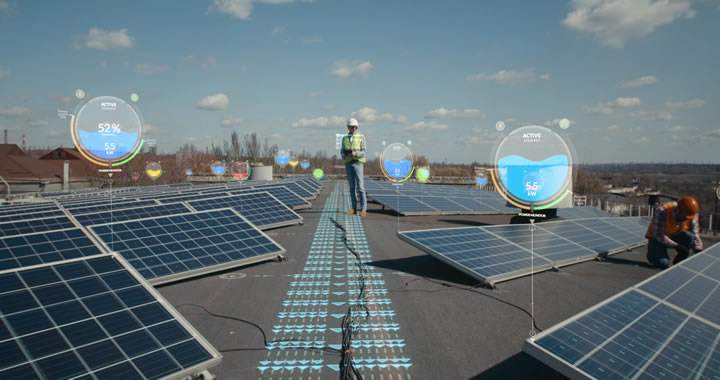This is the third in a series of blogs outlining important considerations when performing technical due diligence on a solar asset.
Due Diligence 101-Part 3: Performance Modeling for Existing Solar Arrays
Bijaya Paudyal and Namitha Ganapa | Clean Energy Associates (CEA)
When acquiring an existing solar energy project, how do you know whether the project will perform as expected? It takes experience and expertise to carefully develop and validate the expected performance of an array, to ensure that you are getting what you paid for. By comparing a well-designed performance estimate to a project's actual output, you can identify potential issues with the project and make informed decisions about proceeding with the purchase.
What is Performance Modeling?
Performance modeling is a critical aspect of solar array deployment, providing valuable predictions about power and energy output under varying conditions. This process considers a multitude of factors, including the electrical, thermal, and optical characteristics of photovoltaic modules as well as weather and other site-specific conditions.
One notable model has been developed by Sandia National Laboratories. Utilizing hourly solar resource and meteorological data, this model has been validated for flat-plate modules of all technologies, concentrator modules, and large arrays of modules.
The applications of such a model are extensive, ranging from system design and sizing to performance optimization. It also allows for real-time comparison of measured versus expected system performance.

The Importance of Performance Modeling
Performance modeling serves several purposes:
-
Identifying potential problems: If the performance model indicates underperformance, it could be due to factors such as shading, dirt build-up on the solar panels, or equipment failure.
-
Informing purchase decisions: A performance model that shows lower than expected energy generation could impact the project’s financial viability.
-
Negotiating purchase price: If the project owner is not able to remediate the performance issues, this may lead to a lower purchase price
The Process of Performance Modeling
When we model the performance of a solar array, our experts consider factors such as the type of solar panels used, the tilt and azimuth of the array, shading at the site, and many more. Including detailed information about the project allows us to determine very accurate estimates of a project's expected performance. This can then be compared versus the array's actual output.
Evaluating a Performance Model
When assessing a performance model, consider:
-
Data quality: The accuracy of the performance model depends on the quality of the data used to create it. Ensure that this data is accurate and up-to-date.
-
Model assumptions: Performance models are based on assumptions such as panel efficiency and system losses. Ensure these assumptions are reasonable and specific to the solar array.
-
Model creator’s experience: Performance modeling is complex, requiring a qualified individual to create the model.
Addressing Underperformance
If underperformance is indicated by the model:
-
Investigate: Determine the cause of underperformance by inspecting the solar array for shading, dirt build-up, or equipment failure.
-
Repair or modify: Make necessary repairs or modifications to the solar array.
-
Renegotiate: Use this information to renegotiate the purchase price.
Conclusion
Performance modeling is a crucial part of due diligence when acquiring an existing solar energy project. It can help identify potential problems and inform decisions about proceeding with a purchase. By understanding what performance modeling is, why it’s important, how it’s done, and how to evaluate it, you can make more informed decisions in your solar energy project acquisitions.
In case you missed them, check out our previous posts on due diligence analysis, including site selection and technology selection. And look out for our final post in the series coming soon, discussing overall system design.
Namitha Ganapa is Engineering Manager, and Bijaya Paudyal, Principal Engineer, at Clean Energy Associates.
The content & opinions in this article are the author’s and do not necessarily represent the views of AltEnergyMag
Comments (0)
This post does not have any comments. Be the first to leave a comment below.
Featured Product

